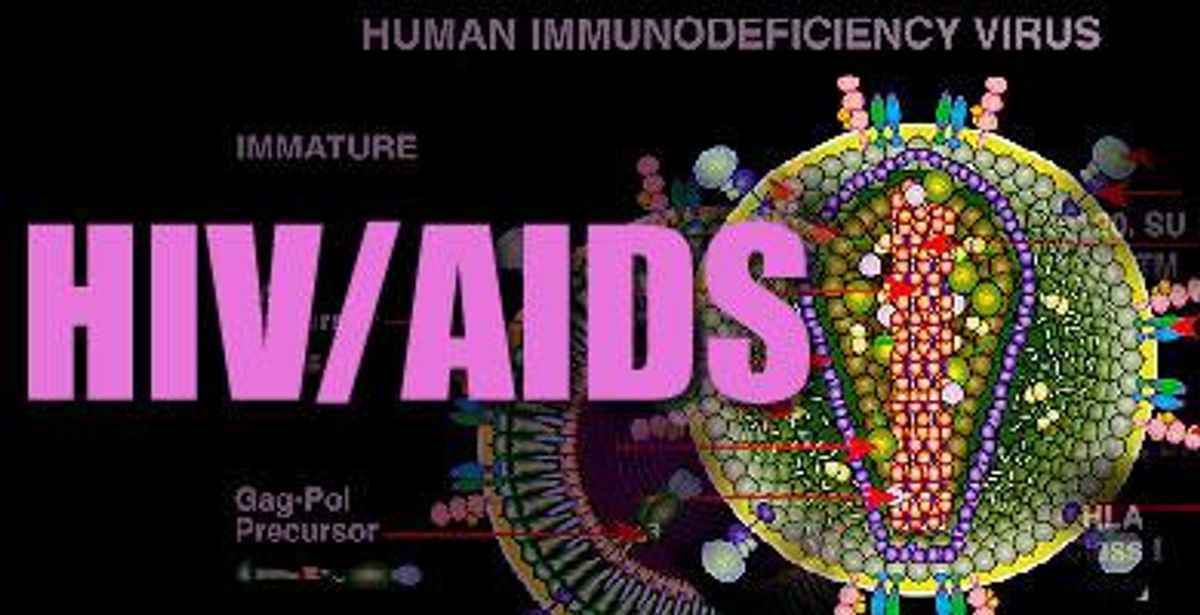A new study
conducted by the University of Arizona in Tucson estimates
that HIV has existed in human populations for more than a
century.
The study,
conducted by evolutionary biologist Michael Worobey,
estimates the date of origin at around 1900, which is
30 years earlier than previous analyses. Worobey based
his studies on a biopsy sample recently discovered in
the Democratic Republic of Congo.
Though HIV-1, the
most common strain of the virus, is known to have
originated in chimpanzees, tracking its origins has proven
more difficult. The first U.S. cases were reported in
1981 when gay men living in urban areas including New
York, San Francisco, and Los Angeles began
experiencing symptoms doctors thought to be similar to
pneumonia. The disease was then named GRID -- gay-related
immunodeficiency disease-- and later was called AIDS.
The oldest
evidence of the virus is from a 1959 blood sample of a man
who lived in what was then the Belgian Congo.
To determine a
point of origin, scientists relied on studying the
mutation rate of different subtypes of the virus. Upon
determining a rate of mutation, scientists then
essentially ran the clock backward to determine the
point where the different subtypes were the same.
"The HIV virus
evolves incredibly quickly," geneticist Bette Korber
of Los Alamos National Laboratory in New Mexico, who did an
analysis in 2000, told the Los Angeles T imes. "Those mutations get passed on to the
next individual. So we have that evolutionary pace to enable
a look backward."
Korber's
study of the 1959 sample traced a common ancestor back to
roughly 1931.
But the latest
study added lymph node tissue from a woman who died in the
Congo in 1960. The node was one of many preserved in ice
cube-size blocks of paraffin at the University of
Kinshasa in the Congo.
With that sample,
the study's authors were able to trace a common
ancestor to sometime between 1884 and 1924, surmising that
the establishment of colonial cities in the Congo
around the turn of the century allowed the virus to
take hold. (The Advocate)



















































































Fans thirsting over Chris Colfer's sexy new muscles for Coachella